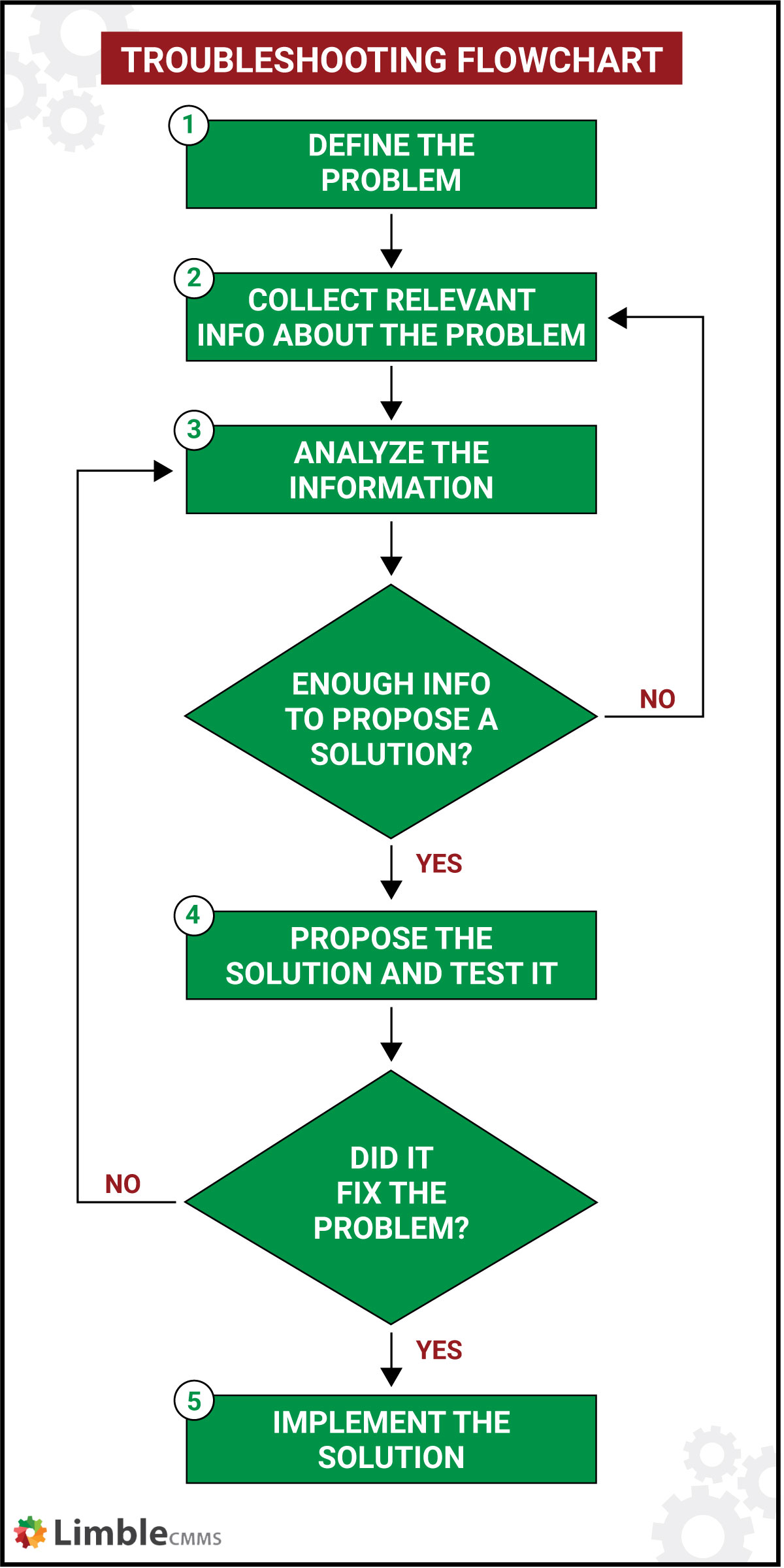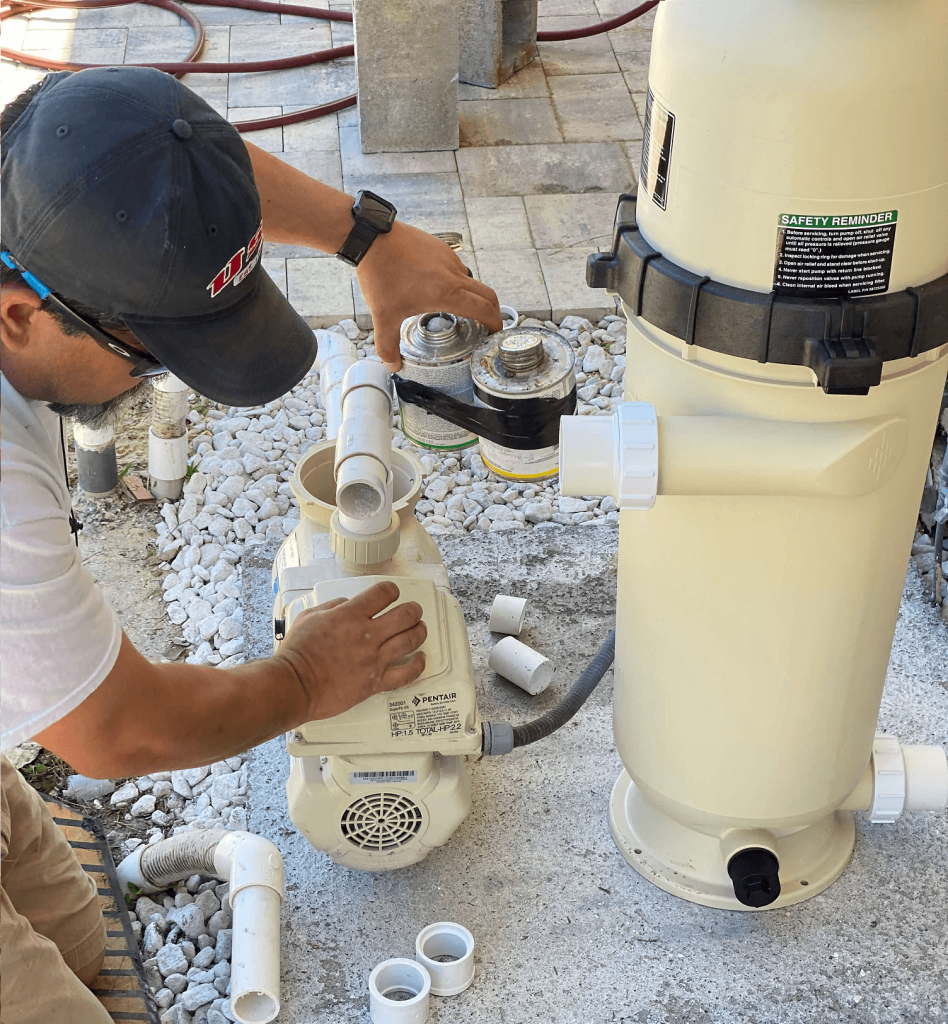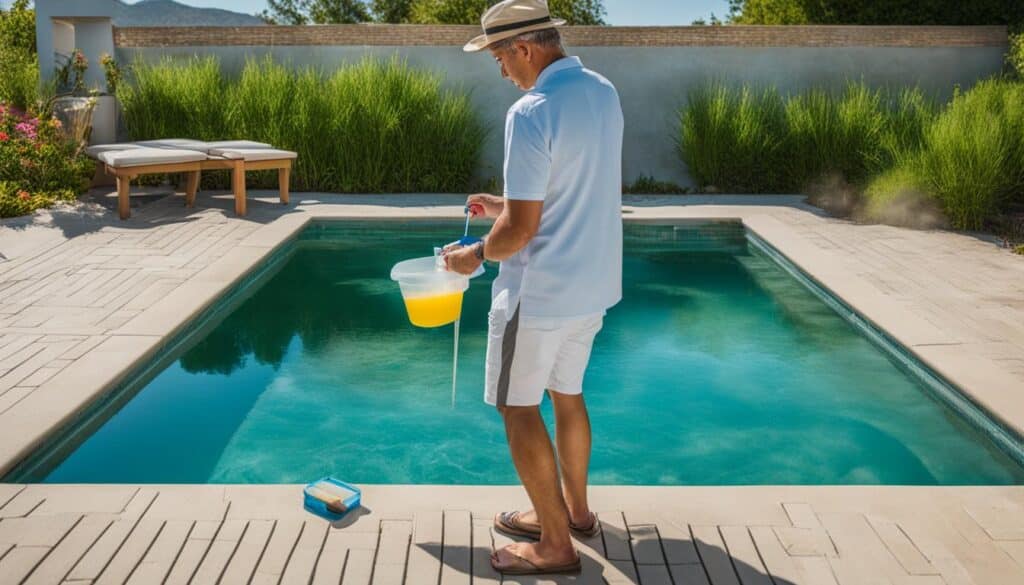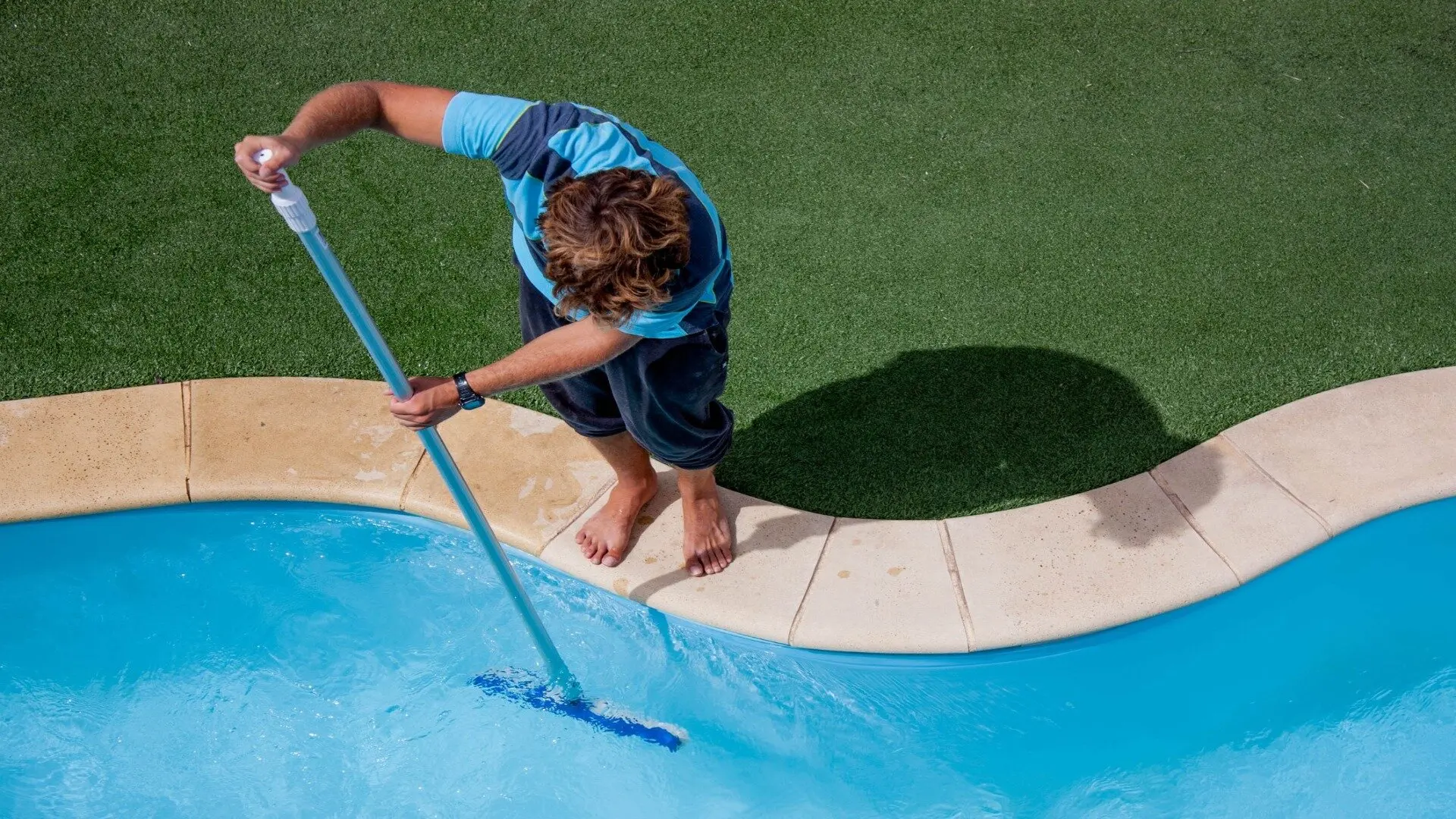The sun is out and warmer weather is coming fast, it’s time to open up your pool again. If you have closed your pool down for the last few months, you will be extremely excited to get back in your clear beautiful pool, and keeping it that way is the key. How to Troubleshoot Pool Water?
Troubleshoot your Pool:
- Check water appearance: clarity, color, odor.
- Test pH, chlorine, & alkalinity levels.
- Adjust chemical levels as needed.
- Address algae growth promptly.
- Remove scaling with a descaler.
- Shock pool to eliminate chloramines.
- Use a defoamer for foam issues.
- Inspect equipment for malfunctions.
Introduction
Overview of Visual Inspection
Visual inspection serves as the initial and fundamental step in troubleshooting pool water problems due to its ability to provide immediate insights into the condition of the pool and its surroundings. Here’s why it’s crucial:
Immediate Assessment: Visual inspection allows for a quick assessment of the pool water’s clarity, color, and overall appearance. By visually observing the water, any noticeable changes or abnormalities can be detected promptly.
Early Detection of Issues: Many pool water problems manifest visibly before they become severe. By observing the pool and its surroundings, signs of trouble such as cloudy water, discoloration, algae growth, or debris accumulation can be identified early on.
Comprehensive Evaluation: Visual inspection involves examining not only the pool water but also its surrounding areas, including pool walls, steps, skimmer baskets, and filtration equipment. This comprehensive evaluation helps in identifying potential sources of contamination or equipment malfunctions that may affect water quality.
Preventive Maintenance: Regular visual inspections as part of routine pool maintenance help in preventing issues from escalating. By addressing minor problems early, larger and more costly issues can be avoided.
Safety and Health: Visual inspection contributes to ensuring the safety and health of pool users. Detecting and addressing water quality issues promptly can help prevent the spread of waterborne illnesses and other health hazards associated with poor water quality.
Emphasizing the importance of observing the pool and its surroundings for signs of trouble underscores the proactive approach to pool maintenance. Through visual inspection, pool owners and operators can stay vigilant in maintaining clean, safe, and enjoyable swimming conditions for all users.
References:
Pool Operation Management- Pool Maintenance for Certified Operators
FAQ’s
How do I prevent algae growth in my pool? To prevent algae growth in your pool, maintain proper water chemistry by regularly testing and balancing pH, chlorine, and alkalinity levels. Additionally, ensure adequate circulation and filtration, regularly clean pool surfaces, and shock the pool as needed to inhibit algae growth.
What are the common causes of cloudy pool water? Cloudy pool water is often caused by inadequate filtration, poor water circulation, or imbalanced water chemistry, including high levels of organic contaminants or low sanitizer levels. Other factors such as high calcium hardness, total dissolved solids, or pH fluctuations can also contribute to cloudy water in pools.
How can I improve water circulation in my pool? Improving water circulation in your pool can be achieved by ensuring the proper placement and operation of pool circulation equipment such as pumps, filters, and jets. Additionally, regularly cleaning or backwashing the pool filter, removing debris from skimmer baskets, and adjusting return jets can help optimize water circulation and distribution throughout the pool.








